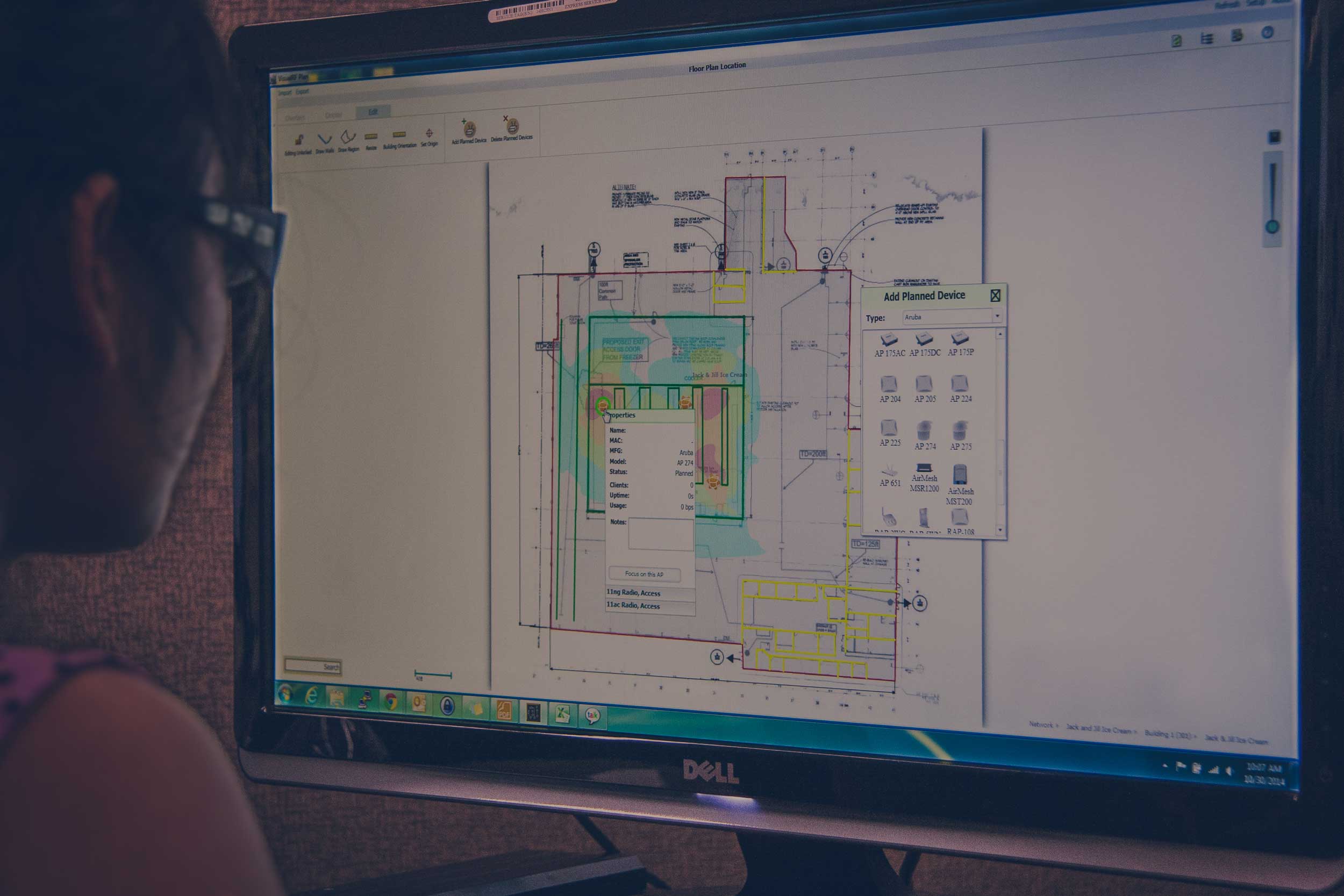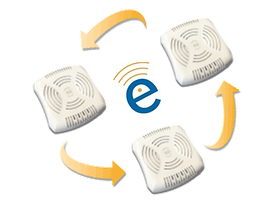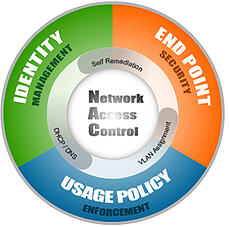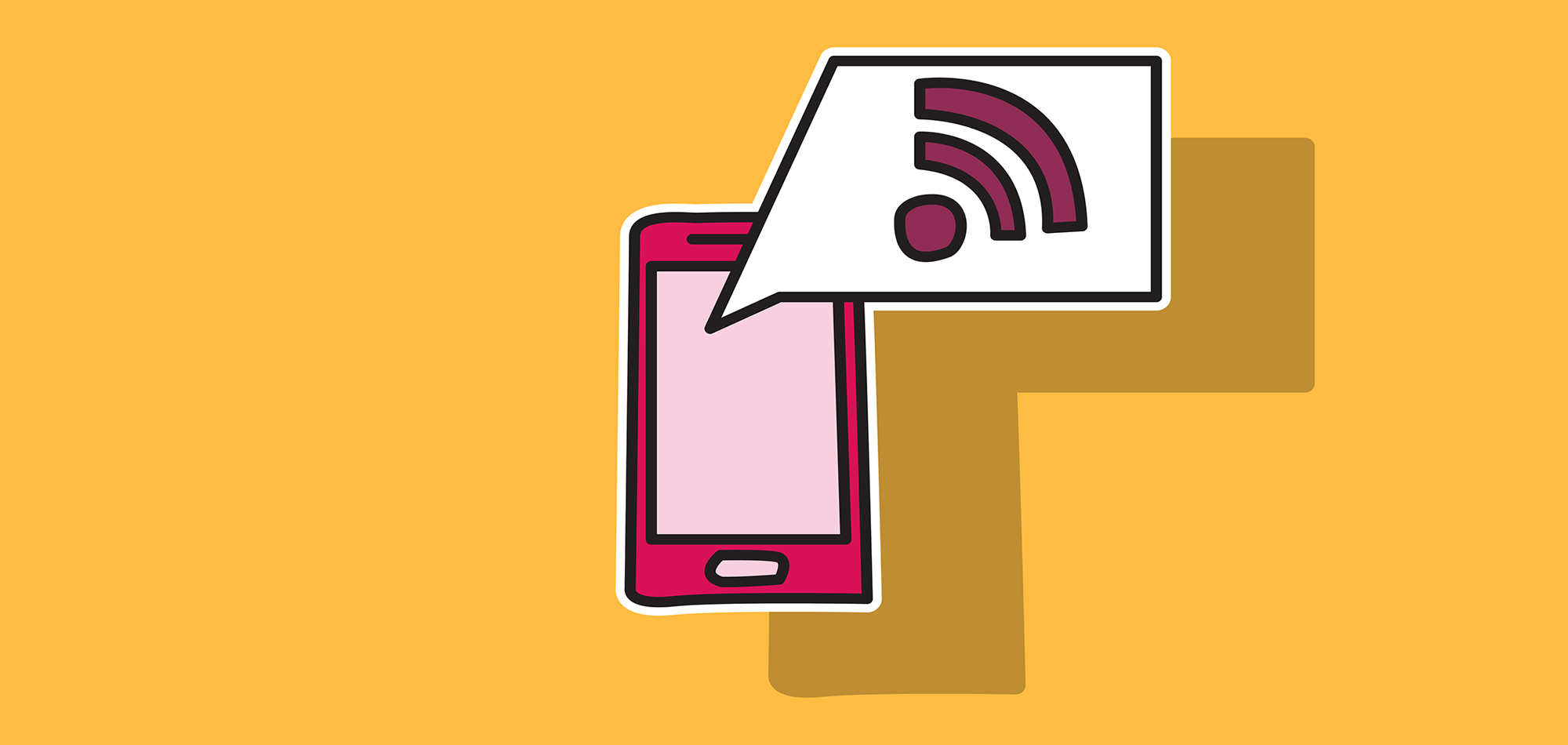
Once upon a time, wireless network design planning involved grabbing a floor plan and plotting locations for access points with a protractor. Does anyone miss those days? Hopefully they don't.
The good news is that access points no longer require manual power and channel settings. Wireless planning has also become much more simple, thanks to great software options.
However, the downside is that wireless devices and the world of Wi-Fi continue to get more complex than ever.
Initially wireless network design involved a large emphasis on coverage, as only a select group of people used and relied on wireless on a regular basis.
Today you're hard pressed to find a regular user who does not rely on wireless every day and often on multiple devices.
For example, it is not rare to find a user who owns a smartphone, laptop and even a tablet. Needless to say, wireless network design has changed significantly.
The following tips will help you and your business design a fast, secure wireless network that accommodate a multitude of devices now and into the future.
Include Capacity or Total Number of Devices
Are you working with a wireless solutions provider that is suggesting a plan based solely on coverage? This is a red flag in current wireless network design, as this would be an appropriate plan for 2005 and will mean trouble for larger meeting areas. Instead of spending a bunch of time and money setting up a help desk for the inevitable calls that will come with this kind of plan, simply include capacity and application performance in your wireless network design plan.
Watch the video below to learn more about the importance of capacity

Use Dual Radio Access Points
The basic concept here is that different devices communicate with access points on different frequencies within a wireless network design. If you have dual radio access points, you will allow both 2.4 and 5ghz users to connect successfully. While this may seem like overkill, it is essential for high density wireless areas.
Load Balance Wireless Users
While it would be nice if all wireless network designs were manufactured equally, this is not always true. Some solutions load balance users with software, which is important. A large meeting area necessitates multiple access points for a single area. Your wireless network design must allow users to move seamlessly from an overused access to point to one with availability.
Include Network Access Control
Whether you refer to it as mobile device registration or network access control, it is essential to have a secure method for registering devices that you don't own. This method adds more cost, but it will be well worth it, as it will result in significantly fewer support calls and the piece of mind that comes with offering secure wireless access.
Keep your Firmware Updated.
Manufacturers provide firmware and driver updates on a regular basis. On some occasions, these updates will increase performance. Typically you can access updates through the manufacturer’s website. In a similar fashion, sometimes network adapter vendors provide updates to their software, which can improve reliability and performance.
Consider a Hi-Gain Antenna.
A hi-gain wireless USB network adapter will provide an external, hi-gain antenna for a computer. This is far superior to a PC-card based wireless network adapter. Consider the options available from Hawking or Amped Wireless . Do your business employees primarily use laptops? This is great news for this aspect of wireless network design because you won't even have to worry about this concept. The majority of current laptops have excellent built-in wireless cards that don't require adapter upgrades except for all but the rarest of scenarios.

Design to the Lowest Common Denominator
Today that means the iPad and handheld devices that are lower power. Match the transmit levels of the AP’s with these devices and you will have a network with lots of happy clients.
If you need help with wireless design and deployment or improving your existing wireless network we are here to help.
Here at SecurEdge Networks we specialize in wireless network design, deployment, and support for large scale wireless networks.
If you have any questions about any of these tips or would like a free consultation you can contact us here. You can also download our free wireless design kit below. It’s a good resource to help get you started. Good luck!






